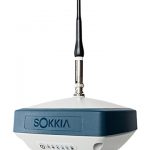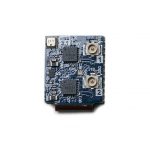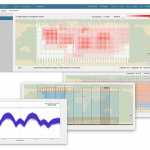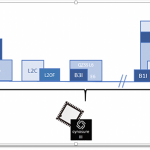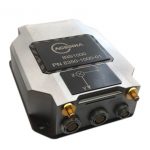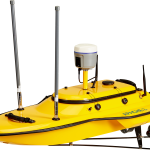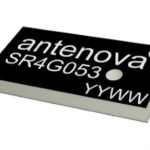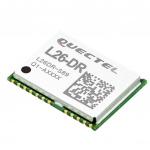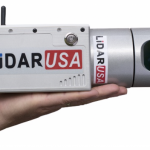Sokkia Offers New GNSS Integrated Receiver for Diverse Applications
Sokkia has introduced the latest addition to its GNSS integrated receiver line — the GRX3 which is designed to provide a smaller, lighter and fully integrated GNSS solution.
“The multi-constellation GRX3 receiver is built to offer a complete and versatile solution to provide best-in-class positioning performance for a wide variety of precision applications,” said Alok Srivastava, director of product management.
By Inside GNSS
